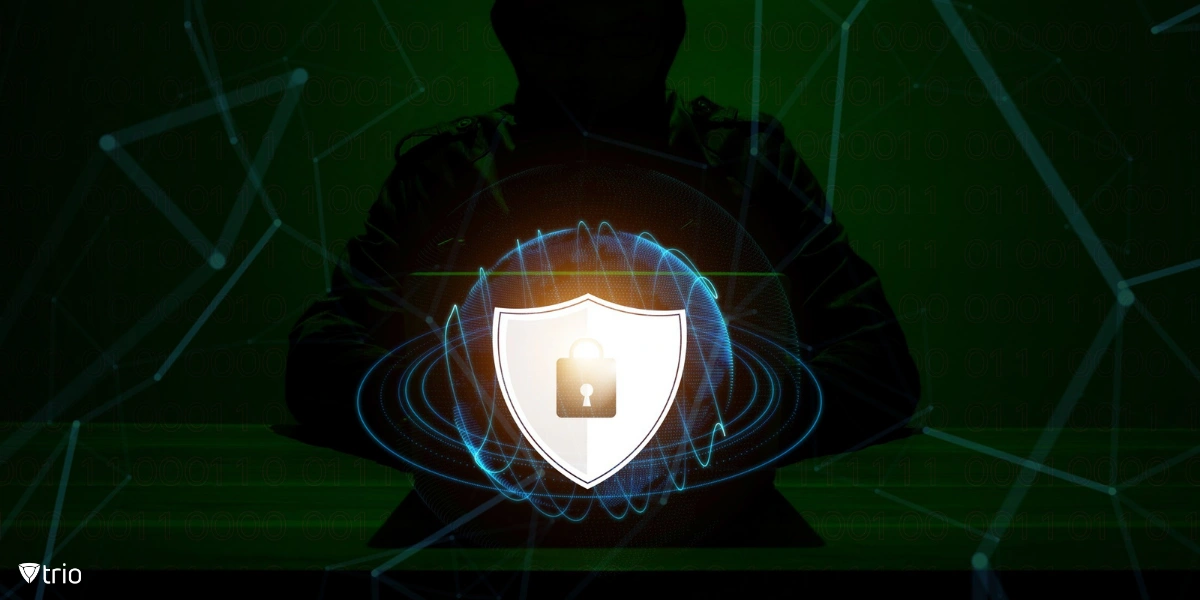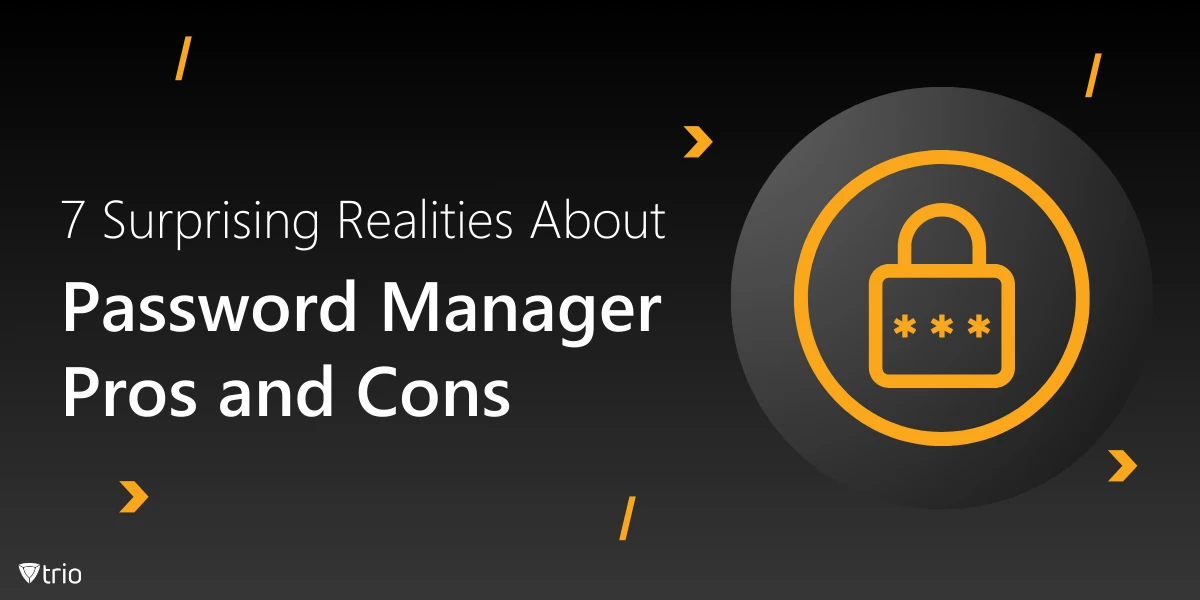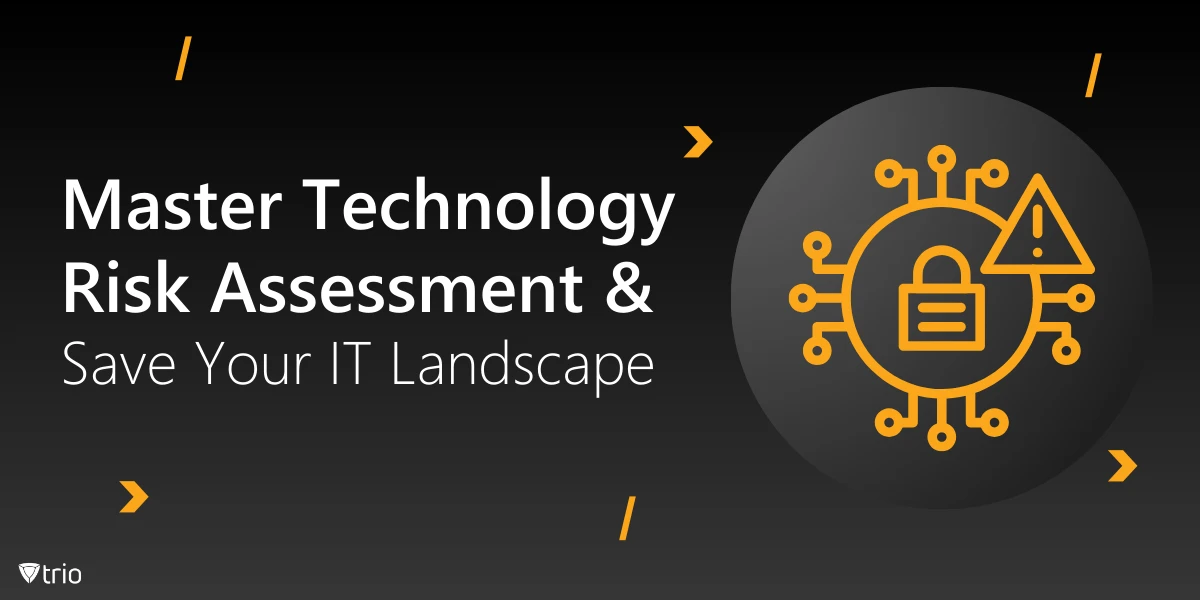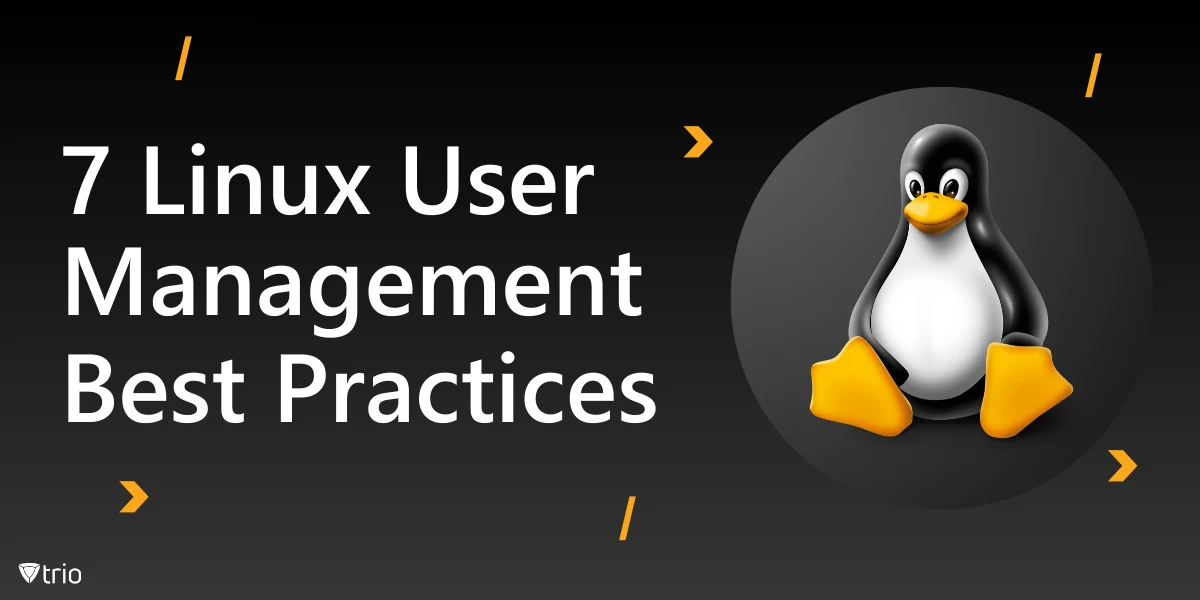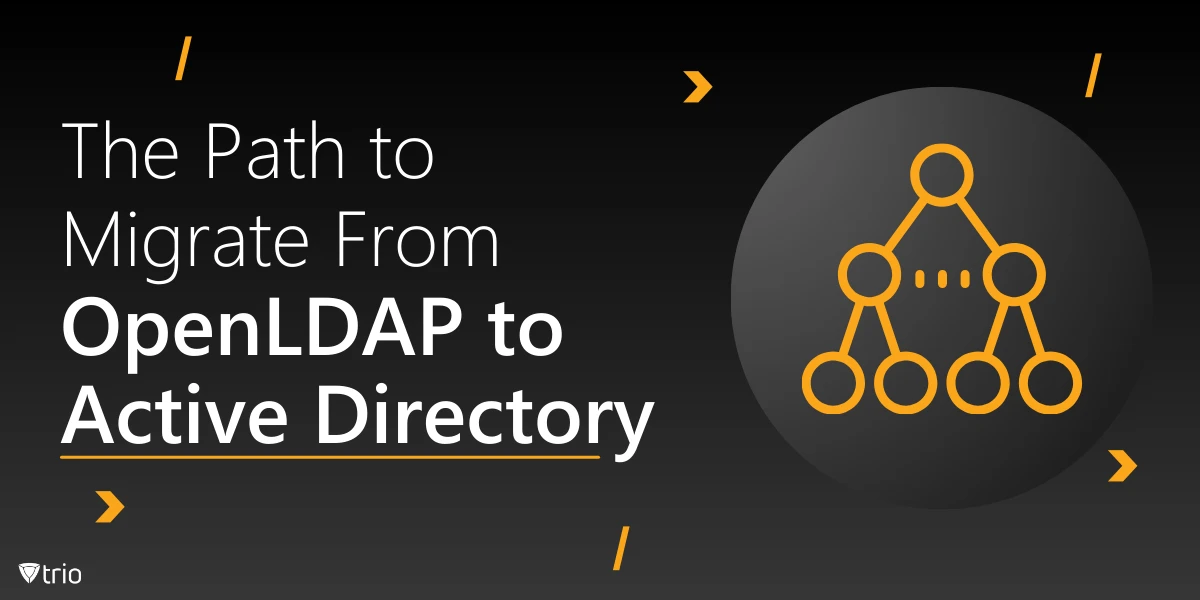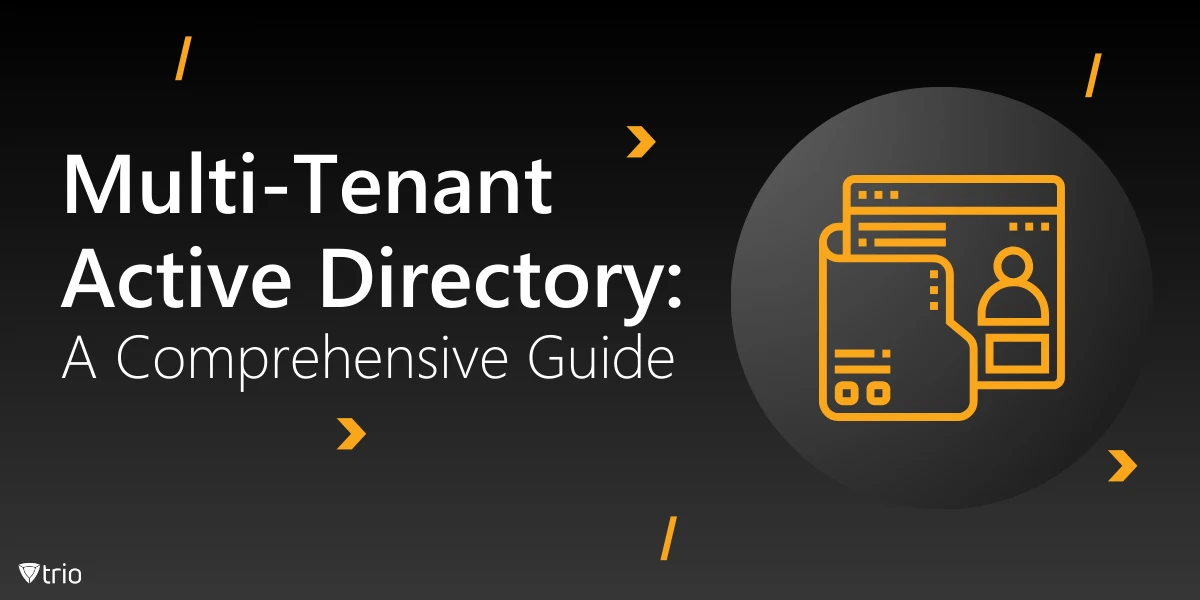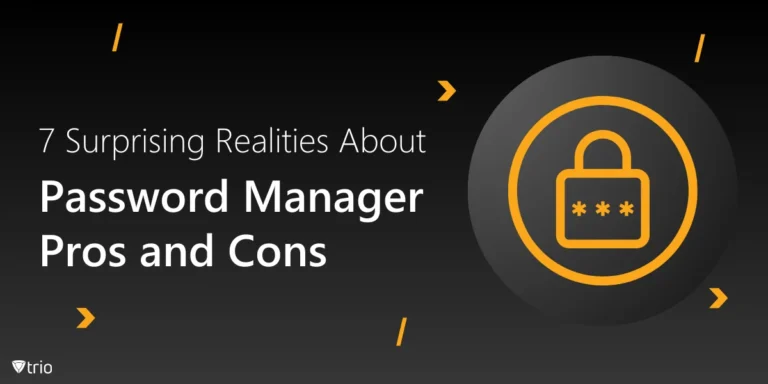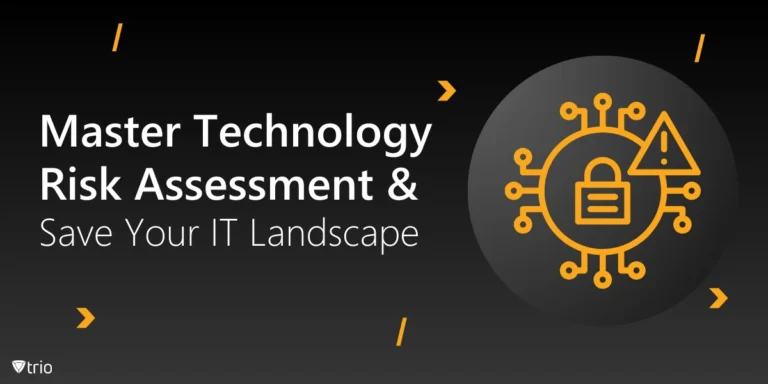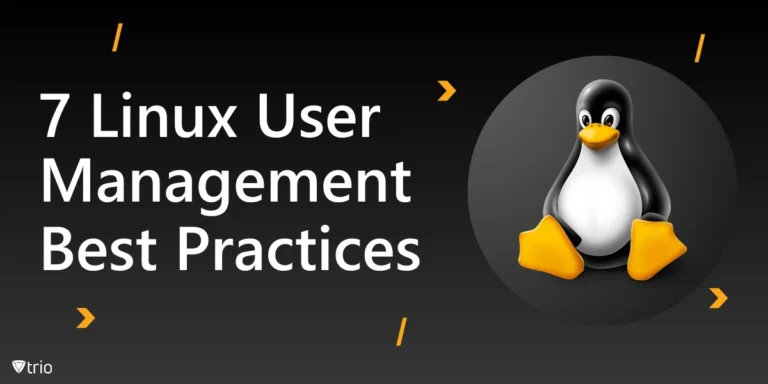Hacking has become a part of daily life, with cyberattacks happening every 39 seconds on average. These incidents often target both individuals and organizations, aiming to access sensitive data or disrupt operations. Understanding how hackers operate is a vital first step in protecting yourself.
Home users face particular risks because they often lack robust security measures. Common vulnerabilities include weak passwords, reused credentials, and poorly secured home networks. From phishing scams to exploits targeting Bluetooth, hackers use every possible avenue to gain access. Here’s how you can strengthen your defenses and stay protected.
Strengthen Your Digital Defenses
Safeguarding your digital environment requires thoughtful and consistent actions. Start by identifying weak spots and addressing them proactively.
Update Frequently
Keeping your devices, software, and applications up to date is essential. Outdated systems often contain vulnerabilities that hackers can exploit. Enable automatic updates whenever possible to ensure you’re always protected by the latest security patches.
Use Strong and Unique Passwords
Passwords are a key defense against cyberattacks. Avoid using common words or patterns and instead create passwords that include a mix of letters, numbers, and symbols. Using a password manager can help you generate and securely store complex, unique passwords for all your accounts.
Enable Multi-Factor Authentication (MFA)
MFA offers an added layer of security. Even if someone gains access to your password, they’ll still need a secondary form of verification, like a text message or app-generated code, to log in. Be sure to enable MFA on all accounts that support it.
Secure Your Network and Devices
Your network and devices form the foundation of your online activities. Ensuring they are properly secured can significantly reduce your exposure to cyber threats.
Protect Your Home Wi-Fi Network
Your home Wi-Fi network should be configured with a strong password and WPA3 encryption. Change the default settings on your router, including its name and password, to reduce the risk of unauthorized access. Disable remote management features unless absolutely necessary.
Avoid Public Wi-Fi Risks
Using public Wi-Fi networks can expose your data to interception by hackers. If you must connect, avoid accessing sensitive information and consider using a virtual private network (VPN) to encrypt your connection. This adds a layer of protection even on unsecured networks.
Turn Off Unused Features
Features like Bluetooth, NFC, and location services can act as entry points for hackers if left on when not needed. Disabling these features when they aren’t actively in use minimizes your risk of exploitation.
Detect and Mitigate Phishing Scams
Phishing attacks are a common tactic used by hackers to gain access to sensitive information. Learning how to identify and avoid these scams can protect your accounts and data.
Identify Suspicious Emails
Phishing emails often mimic trusted organizations and create a false sense of urgency to trick recipients into clicking malicious links or providing personal information. In fact, in 2023, ransomware accounted for approximately 70% of all detected cyberattacks worldwide. Verify the sender’s address and avoid clicking on links if something feels off. Always go directly to the official website if you need to confirm the information.
Avoid Pop-Up Traps
Malicious pop-ups can be designed to lure users into downloading harmful software or visiting fraudulent websites. These pop-ups often appear on unsecured sites. Use a reliable ad blocker to reduce their frequency and never interact with suspicious pop-ups.
Manage Your Online Accounts Wisely
Effective account management is a cornerstone of digital security. Taking the right precautions can limit the potential damage from unauthorized access.
Segment Your Email Usage
Create separate email accounts for different purposes. For instance, use one for critical accounts like banking and another for casual use, such as subscriptions or social media. This separation ensures that a compromise in one account doesn’t cascade into broader issues.
Monitor Account Activity
Many platforms allow you to view a log of recent sign-ins and devices accessing your account. Regularly check this activity for anything unusual. If you notice any unauthorized access, update your password immediately and report the activity to the service provider.
Use Temporary or Alias Emails
For websites you don’t fully trust, use temporary or alias email addresses. These options keep your primary email private and reduce the risk of spam or phishing attempts reaching your main inbox.
Backup and Encrypt Your Data
Data backups and encryption are crucial for minimizing the impact of breaches or data loss. These measures ensure your information remains safe and recoverable.
Regular Backups
Schedule regular backups of your important files to an external drive or a secure cloud service. Automating this process makes it easier to stay consistent. In case of a cyberattack or hardware failure, having backups ensures you won’t lose vital data.
Encrypt Sensitive Files
Encryption ensures that even if your files are accessed without permission, they remain unreadable to unauthorized users. Use the built-in encryption tools on your devices or trusted third-party software for an additional layer of security.
Enhance Social Media Security
Social media platforms can be a treasure trove of personal information for hackers. Strengthening your privacy settings and being mindful of what you share can help mitigate risks.
Control Your Privacy Settings
Adjust the privacy settings on your social media accounts to control who can see your posts, profile details, and contact information. Regularly review these settings and limit public visibility of sensitive information to minimize exposure.
Be Cautious with Friend Requests
Hackers often create fake profiles to connect with potential victims and gather personal information. Only accept friend requests from people you know and trust. If you’re unsure about a profile, look for mutual connections or reach out to verify their identity.
Be Prepared for the Unexpected
Even with the best defenses, no system is entirely immune to attacks. Being prepared for potential breaches ensures you can respond quickly and effectively.
Understand Deepfake Threats
Deepfake technology has become increasingly convincing, allowing hackers to impersonate trusted individuals or organizations. Always verify requests for sensitive information, especially if they come through unexpected channels.
Learn to Wipe Your Devices
In cases of theft or compromise, knowing how to remotely wipe your device can prevent your data from falling into the wrong hands. Set up remote wipe capabilities on your devices and familiarize yourself with how to use them if needed.
Take Extra Precautions with Your Emails
Emails remain a common avenue for hacking attempts. Strengthening your email habits can reduce risks and protect your sensitive information.
Avoid Predictable Email Addresses
Hackers often target accounts with easily guessed email addresses, such as those based on full names or public information. Choose an email address that doesn’t reveal personal details to make it harder for attackers to guess or brute force.
Be Skeptical of Unknown Senders
Treat emails from unknown sources with caution. If the message contains unexpected attachments or links, don’t open them. Hover over links to check their destination before clicking, and when in doubt, contact the supposed sender directly to verify the email’s legitimacy.
Use Email Filtering Tools
Email filters can help reduce the risk of falling for phishing attempts. Many email services offer built-in filtering options to identify spam or suspicious messages. Configure these settings to block emails that match specific criteria, such as known malicious domains or keywords.
Exercise Caution with Online Transactions
Online shopping and financial activities are frequent targets for hackers. Following best practices can help you avoid compromising your payment information or personal details.
Stick to Secure Payment Methods
When shopping online, always use secure payment methods like credit cards or trusted payment gateways. Credit cards typically offer fraud protection, minimizing your financial exposure if your data is compromised.
Avoid Storing Payment Information
Many websites allow users to save payment details for convenience. While this may seem practical, it increases the risk of exposure in case of a data breach. Instead, manually enter your payment details each time to minimize long-term vulnerabilities.
Verify the Legitimacy of Websites
Before entering payment information, ensure the website is secure. Look for “https://” at the beginning of the URL and a padlock symbol in the address bar. Be cautious of websites with unprofessional designs or suspiciously good deals, as these could be scams.
Improve Physical Security Measures
While digital safeguards are vital, physical security can also protect your devices and data from unauthorized access.
Lock Your Devices
Always use strong passcodes, PINs, or biometric authentication to secure your devices. This simple step can prevent unauthorized access if your device is lost or stolen.
Use Privacy Screens in Public
If you often work in public spaces, consider using a privacy screen on your laptop or phone. These filters limit the viewing angle of your screen, ensuring sensitive information isn’t visible to those around you.
Secure Backups Physically
If you use external hard drives or USBs for backups, store them in a safe, locked location. Keeping physical backups secure ensures they can’t be stolen or tampered with.
Stay Informed About Emerging Threats
Cybersecurity threats evolve constantly, with hackers developing new techniques and tools. Staying informed helps you adapt your defenses as needed.
Follow Trusted Security News Sources
Regularly check reputable cybersecurity news outlets for updates on new vulnerabilities and threats. Awareness of these developments allows you to act quickly to protect yourself.
Educate Yourself on Best Practices
Many online resources offer free or low-cost courses on cybersecurity basics. Investing time in learning how hackers operate and what steps you can take to counter them is invaluable for maintaining your safety.
Participate in Security Drills
If you’re part of an organization, advocate for regular security drills to simulate phishing attacks or breaches. These exercises help individuals recognize threats and practice responding effectively.
Act Quickly if You’re Hacked
Despite your best efforts, breaches can still occur. Knowing how to respond promptly can minimize damage and help you regain control.
Disconnect from the Internet
If you suspect your device has been compromised, immediately disconnect it from the internet. This prevents hackers from accessing additional data or spreading malware further.
Change All Passwords
Once you’ve addressed the initial breach, update the passwords for all your accounts. Prioritize accounts linked to financial information or sensitive data, and enable multi-factor authentication wherever possible.
Monitor for Further Activity
Keep a close eye on your financial accounts, email, and other sensitive platforms for signs of unauthorized access. Notify relevant institutions, such as banks or credit card companies, if you detect suspicious activity.
Notify Contacts
If your email or social media account has been hacked, inform your contacts promptly. This prevents hackers from using your compromised account to trick others.
Conclusion
Staying safe from hackers requires a mix of vigilance, preparation, and proactive steps. By updating your devices, securing your accounts, and staying informed about potential threats, you can significantly reduce your risk of falling victim to cyberattacks. While no system is entirely foolproof, following these strategies ensures you’re doing everything possible to protect your digital life.
